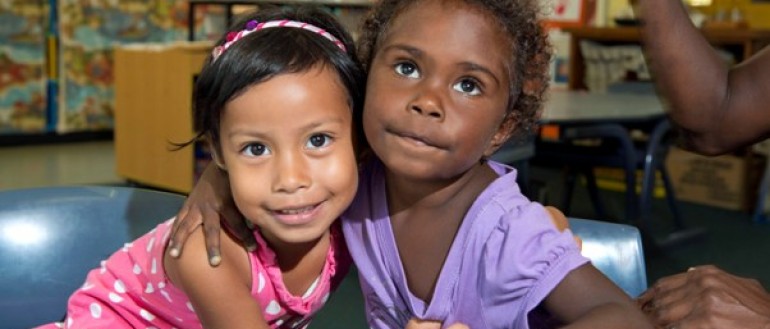Aims:
Studying children aged <24 months presenting to the Royal Darwin Hospital with a clinical diagnosis of bronchiolitis to:
- determine the validity and reliability of a bronchiolitis scoring system,
- examine if the score predicted the need for oxygen at 12 and 24 hrs.
Objectives:
- To develop a clinical severity scoring system for bronchiolitis that is valid and predictive of requirement for oxygen.
Summary:
Bronchiolitis remains the most common acute lower respiratory tract infection (ALRTI). Northern Territory (NT) Indigenous infants have the highest reported hospitalisations of bronchiolitis globally, affecting one in five.
In a retrospective study in Darwin, Indigenous children with bronchiolitis had more severe disease than non-Indigenous children despite no difference in viral pathogens.
Recognition of severity of bronchiolitis is essential for good management. However, assessing and describing respiratory severity of infant’s is challenging for health staff, in particular in remote communities. Remote practitioners vary widely in their levels of paediatric experience. Severity scoring tools have been used to help describe clinical parameters and clinical outcomes such as wheezing, retractions and respiratory rate; however they are complex and have been described for very short term assessment (i.e. minutes to hours).
Applicability of these scoring tools to different populations and settings are arguably limited. Indeed, while many scores exist, there is currently no validated bronchiolitis scoring system that is beyond the immediate setting. Also none can be feasibly used in remote settings.
Implications for policy and practice:
This study will help establish if a standardised severity scoring tool can be a useful predictor of disease severity for bronchiolitis in our setting and can transferable to other populations/settings.
Our research has found:
We reviewed published papers that used a bronchiolitis score and chose the Tal score to use for our evaluation as it was easy to use and encompassed clinically important parameters. Three research nurses, trained to assess children, used two scoring systems (Tal and Modified-Tal; respiratory rate, accessory muscle use, wheezing, cyanosis, and oxygen saturation), to blindly evaluate children within 15 minutes of each other.
The three evaluations were carried out on 115 children and showed excellent internal consistency and substantial inter-rater agreement. The Tal and Modified-Tal scoring systems for bronchiolitis is repeatable and can reliably be used in research and clinical practice. Its utility for prediction of oxygen requirement however, was limited.
Project Manager:
Contact information:
- McCallum, G.B., Morris, P.S., Wilson, C.C., Versteegh, L.A., Ward, L.M., Chatfield, M.D., & Chang, A.B. (2012). Severity scoring systems: Are they internally valid, reliable and predictive of oxygen use in children with acute bronchiolitis? Pediatric Pulmonology, 48(8), 797-803.

